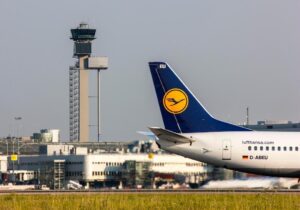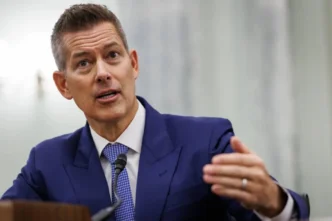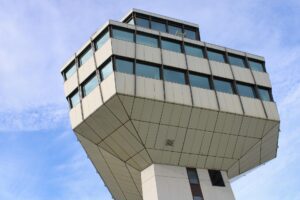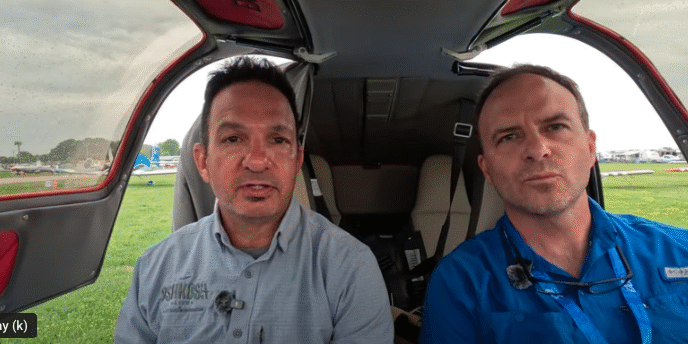Europe’s air traffic control (ATC) system has long been a tangled web of inefficiencies, causing delays and headaches for travelers and airlines alike. Unlike the U.S., which enjoys a streamlined system under the Federal Aviation Administration (FAA), Europe is a mosaic of national ATC systems, each with its own set of rules and technologies. As we move into 2025, the situation is set to worsen due to geopolitical tensions, ongoing Brexit challenges, and potential changes at the FAA under Trump’s influence. The U.S. is grappling with its own ATC issues, and these could ripple across the Atlantic, further complicating matters in Europe.
European countries are adamant about retaining control over their airspace, which leads to duplicated efforts and conflicting regulations. Many of these systems are still using outdated radar and communication technologies, making coordination a logistical nightmare. Rising tensions with Russia and China are adding another layer of complexity to cross-border flights. If Trump decides to overhaul the FAA and withdraw from international ATC agreements, the chaos could extend to transatlantic flights, increasing the risk of cyberattacks from state actors. For avionics manufacturers and airlines, this means adapting to a constantly shifting regulatory environment, which could lead to more last-minute reroutes and increased chances of miscommunication.
The solution? Many experts advocate for the Single European Sky (SES) initiative, which aims to unify Europe’s ATC system into a single, efficient network. Proposed in the early 2000s, the SES seeks to centralize airspace management, reduce congestion, and introduce advanced technology to optimize flight paths. While some progress has been made, full implementation has been slow due to bureaucratic hurdles and concerns over national sovereignty. However, the potential benefits are significant, including cutting air traffic management costs by up to 50%, reducing flight times and fuel consumption, and lowering CO₂ emissions. A fully realized SES could be the key to a more efficient and sustainable future for European aviation.
#Aviation #AirTrafficControl #SingleEuropeanSky #TravelEfficiency #AviationInnovation
Originally reported by Avionics International Read More









